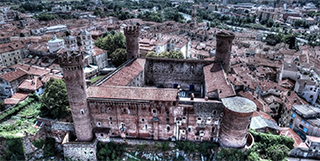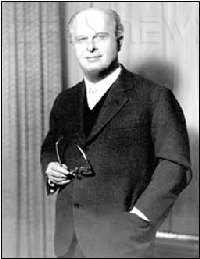The city of Ivrea is one of the three points of the so-called ‘golden triangle’ formed by the Aosta Valley, Turin and Milan. Turin is Italy’s leading centre for technological sciences and industry, while Milan, retaining its global reputation as a fashion and design capital, is nowadays also at the heart of the country’s Internet economy.
Majestically situated on the edge of the Aosta Alps, Ivrea has a pleasant climate and is surrounded by the Canavese countryside, with its farmland plains, vineyards, and thickly wooded hills. In summer, the magnificent reserves of Piedmont and the Aosta Valley offer possibilities to escape into the wilderness, while the Mediterranean beckons to the south. In winter, the European ski resorts of Courchevel, Cervinia and Zermatt are close at hand.

Ivrea’s History
Once a Roman garrison camp known as Eporedia, Ivrea has a long and rich history, reflected in its architectural and cultural heritage, and regional foods and wines. This century, the city has been greatly influenced by its association with Olivetti, which began producing typewriters here in 1908. Thanks to the social vision of the Olivetti family, Ivrea benefited from urban growth that promoted the harmonious combination of industrial activity with society and culture. Olivetti’s architects designed functional but sympathetic structures that were fully integrated into the peaceful rural surroundings of the Canavese countryside.
In the 1940’s under the chairmanship of Adriano Olivetti, the company positioned itself at the forefront of a new type of industrial culture with design integrated completely in its corporate strategy.
 Design to Adriano Olivetti was the tangible expression of quality in industrial activity: quality not only in economic terms but also in terms of cultural values. Design was meant to make a contribution to elevating the quality of office work, to make technology an efficient means of dignifying human work, and to enhance the progress and development of society at large – in short to reconcile people with technology.
Design to Adriano Olivetti was the tangible expression of quality in industrial activity: quality not only in economic terms but also in terms of cultural values. Design was meant to make a contribution to elevating the quality of office work, to make technology an efficient means of dignifying human work, and to enhance the progress and development of society at large – in short to reconcile people with technology.
In the sixties and seventies, it was Olivetti’s policy to create interdisciplinary teams involving not only technical and economical specialists, but also artists, architects, painters, sculptors, poets, writers, psychologists and social workers who contributed new perspectives and ideas to the questions of work and quality of life in industrial culture. Olivetti became a mixture of corporation, cultural centre and experimental workshop.
The emphasis on design was found not only in the products themselves and in the company’s advertising, but also in its many other activities, including the magazines, publishing houses, research centres, foundations, music festivals and cultural venues founded by Olivetti – the so-called ‘Community‘ movement.
Among the graphic and industrial designers who worked for Olivetti were Herbert Bayer, Mario Bellini, Michele De Lucchi, Luigi Figini, Jean Michel Folon, Milton Glaser, Marcello Nizzoli, Giovanni Pintori, Gino Pollini, Alexander Schawinksy, Ettore Sottsass, and many others.
Interaction Design Institute Ivrea builds on this rich tradition and aims to carry it on into the future.
